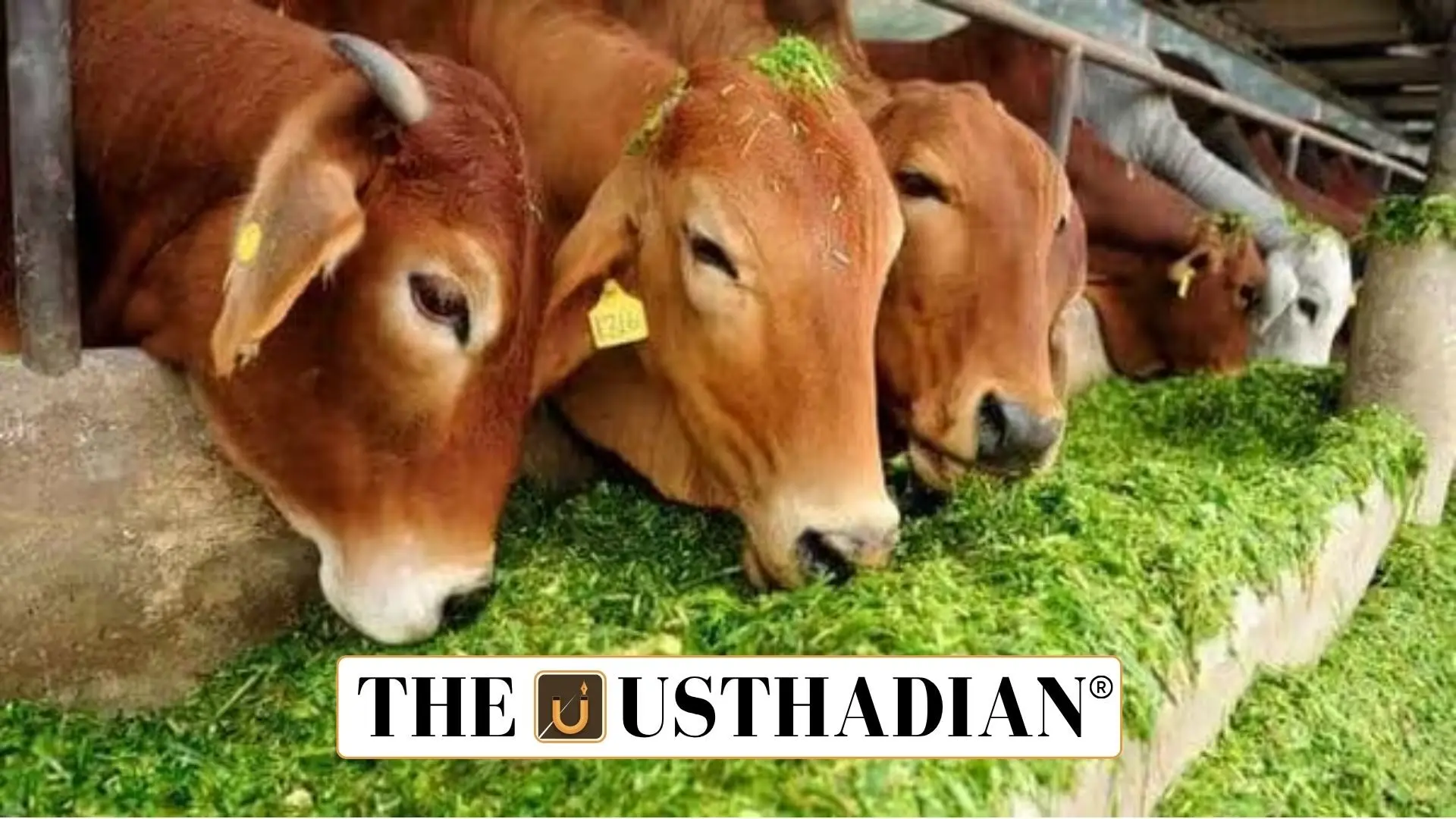Strengthening India’s Dairy Economy
Revised Rashtriya Gokul Mission 2025: Boosting Dairy Sector & Indigenous Breeds: The Revised Rashtriya Gokul Mission (RGM) has received a significant boost with an additional allocation of ₹1,000 crore, taking the total funding to ₹3,400 crore for the 15th Finance Commission cycle (2021–2026). This enhanced mission focuses on increasing milk production, improving livestock productivity, and supporting rural dairy farmers, especially those depending on indigenous breeds.
Key Reforms and Farmer-Centric Benefits
One of the most impactful reforms under the revised mission is the establishment of Heifer Rearing Centres, where farmers receive 35% capital cost assistance to set up facilities for raising high-quality female calves. The goal is to create 30 such centres to house 15,000 heifers. To further incentivise investment, a 3% interest subvention is provided on loans to purchase High Genetic Merit (HGM) IVF heifers through milk unions or financial institutions, giving dairy farmers better access to improved livestock.
Technological Advancements and Semen Services
Building on its earlier activities, RGM is upgrading semen stations and the Artificial Insemination (AI) network across India. With initiatives like the bull production programme and use of sex-sorted semen, the mission is accelerating breed improvement. So far, 22 IVF labs have been set up, and technologies like the Gau Chip and Mahish Chip are helping map and enhance indigenous bovine genetics. These scientific tools are enabling farmers to get better yield from their animals with long-term benefits.
Remarkable Growth in Milk Output and Productivity
Since its launch, RGM has contributed to a 63.55% rise in milk production over the past decade. The per capita milk availability has jumped from 307 grams/day in 2013-14 to 471 grams/day in 2023-24, showing how effective breeding practices and livestock health initiatives have strengthened India’s dairy sector. Furthermore, milk productivity has increased by 26.34%, reflecting improvements in animal quality and farmer access to AI services.
Nationwide Impact Through Free Artificial Insemination
The National Artificial Insemination Programme (NAIP) has brought free AI services to farmers in 605 districts, especially in regions where AI coverage was initially below 50%. This effort has already benefited over 5.21 crore farmers and serviced 8.39 crore animals, making it one of the largest livestock breeding outreach campaigns in the world.
Promoting Indigenous Breeds and Farmer Welfare
At its heart, the revised RGM puts a strong emphasis on conserving India’s native cattle breeds. With the adoption of IVF, sex-sorting, and genomic chips, the mission is modernising the livestock sector while retaining the genetic strength of Indian breeds. More than 8.5 crore dairy farmers, many of them small-scale and rural, are directly benefiting from these developments, resulting in better income, nutrition, and rural stability.
STATIC GK SNAPSHOT
Revised Rashtriya Gokul Mission 2025: Boosting Dairy Sector & Indigenous Breeds:
| Aspect | Details |
| Scheme Name | Revised Rashtriya Gokul Mission (RGM) |
| Ministry | Ministry of Fisheries, Animal Husbandry & Dairying |
| Revised Budget | ₹3,400 crore (2021–2026, 15th Finance Commission) |
| Key Initiatives | IVF Labs, AI Services, Heifer Rearing, Gau Chip |
| Milk Output Growth (10 yrs) | 63.55% increase |
| Per Capita Milk Availability | 471 grams/day (2023-24) |
| Farmers Benefited by NAIP | 5.21 crore |
| Indigenous Breeds Technologies | Gau Sort, Mahish Chip, Genomic Mapping |
| IVF Labs Established | 22 across India |
| Long-Term Goal | Productivity improvement, Indigenous breed protection |








